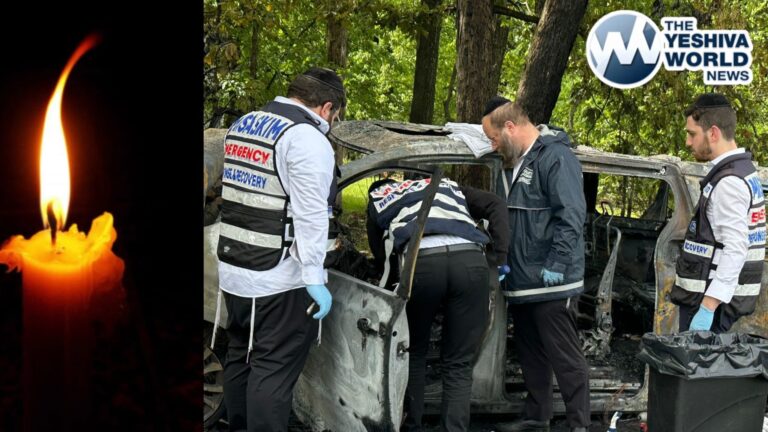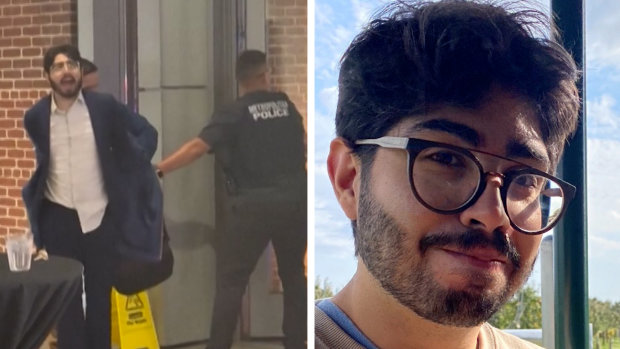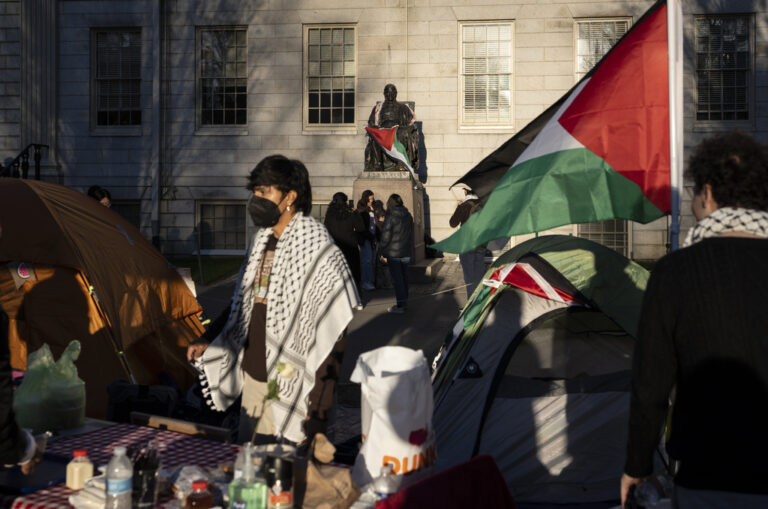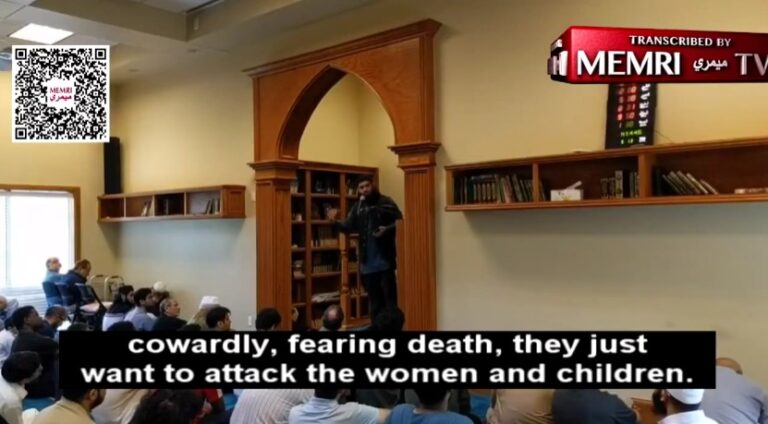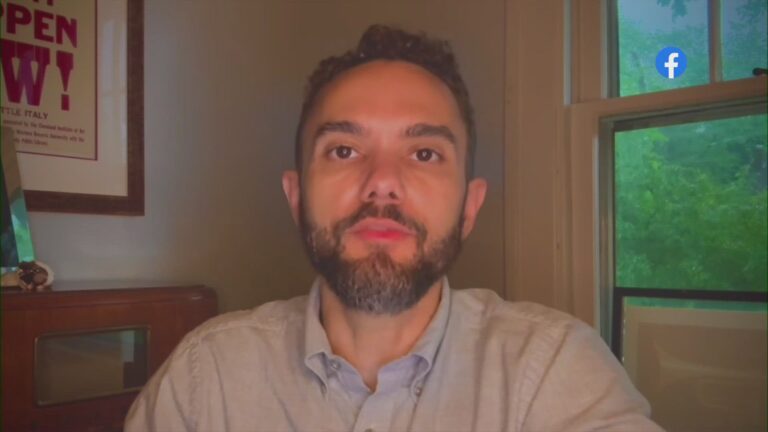
[VIDEO AND PHOTOS IN EXTENDED ARTICLE]
The Regavim organization received similar complaints two years ago about groundwork, and back then, a horse farm was set in place on the area of the cemetery. Regavim worked to apply media pressure in response to the farm and has turned to local authorities until such time it was dismantled and removed from the cemetery area.
A Regavim representative told the media that the organization received a complaint about a month ago that groundwork was taking place on the cemetery area in Pekin, in northern Israel again. He explained the cemetery is very close to a private building and it was entirely possible the tractor work was connected to the private residence and not the cemetery, compelling Regavim to probe the matter.
In one of the photos one can see the boundaries of the cemetery marked inside the red perimeter as well as the tractor work that has taken place was undoubtedly inside the cemetery’s boundaries. Regavim officials add there is historic relevance to Pekin, citing Jews have lived there since Bayis Sheni, naming the Zinati family, a family of kohanim dating back to Bayis Sheni and have always maintained the area until this very day. Today, Margalit Zinati, 84, is the last descendant of that family in that area.
“The cemetery belongs to the Zinati family even before the establishment of the state” Regavim explains, while today it is registered in the Tabu land registry as state land and a Jewish cemetery. It is pointed out there are no visible graves as we do in other cemeteries and the area is quite a steep slope. However, when seeing where the work has been ongoing, it is quite likely that they hit a spot where Jews are buried over the years.
Regavim northern district supervisor Yishai Chemo explains that in line with the Druse culture, land ownership is essential and area residents are well-aware of the cemetery’s boundaries. He adds that Regavim has turned to the Ministry of Religious Services to report what is taking place and the significance of the cemetery to the Zinati family. Regavim documented there are graves in the area and the construction compromises a Jewish holy site. Chemo adds the ministry was informed of the importance the area holds for the Zinati family and the need to have something done.
Inside the cemetery there is an area where Druse soldiers were buried, those who died in the wars since the establishment of the state. This area did not receive authorization or designation as a cemetery by state agencies as did the Jewish residents of Pekin and Regavim.
Since the rioting in Pekin back in 2007, two Jewish families have remained, Margalit Zinati who operates the visitors’ center and the ancient shul and a relative, Ilan Toma, a descendent of the priestly lineage. Prior to 2007, there were seven Jewish families. Dozens of police were injured during the Druse riots in 2007, and at least one police vehicle was torched. Margalit has never left and overall, she is known to all and well respected by area residents.
Regavim has been monitoring events since the rioting and feels police fell short of doing what was necessary to bring the responsible parties to justice. The matter was eventually dismissed due to ‘a lack of public interest’. Regavim however would not hear of it and took the matter to the High Court and the state was ordered to reopen and probe the matter.
The Pekin cemetery is located on Route 864, the road leading to Tzfat and was an active Jewish cemetery 100 years ago. Today, it is difficult to recognize the matzeivos, most covered with weeds and overgrowth. There is a burial cave in the northern area of the cemetery, used during the Byzantine period. Their minhag was to place simply matzeivos on the kevarim, stones that did not have the name of the niftar on them nor the date of petira. In line with the heritage of Pekin, there are Tannaim, Amaroim and Gedolei Torah buried there.
Back in 1922, after visiting the area, Yitzchak Ben-Tzvi, who became Israel’s second president wrote “East of the village is the ancient Jewish cemetery without a fence or wall. The neighbors delineate the border”.
The Ministry of Religious Services is still investigating but has stated it is not responsible for supervising the kevarim which are no longer active and the correct address is the Israel Lands Administration and local authorities. Regavim has since contract both.

(YWN – Israel Desk, Jerusalem/Photo Credit: Regavim)




